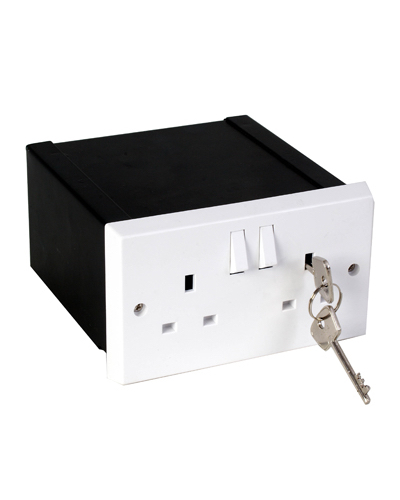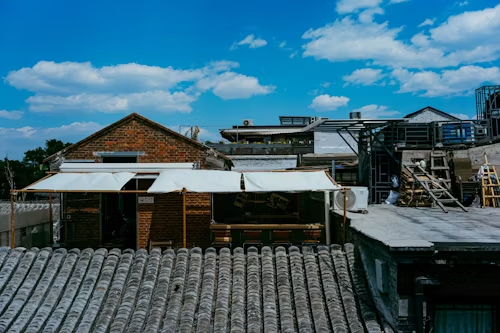
Have You Noticed Something Odd With Your Plug Socket?
We all rely on our plug sockets to power everything from kettles to laptops. But like anything in the home, they can wear out over time. Spotting early signs of trouble can help you stay safe and avoid electrical issues down the line. Whether it’s a strange smell or a plug that just won’t sit right, this guide will help you understand when something might be wrong.
Why Socket Safety Matters
Plug sockets are often overlooked, but they’re essential to everyday life. A damaged or faulty socket can lead to overheating, electric shocks, or even fires in extreme cases. Staying alert to early signs of wear and tear is key to keeping your home safe.
Electrical regulations in the UK require that home installations remain in a safe condition throughout their use. That includes the condition of power leads and plugs, particularly in older homes where wiring might not meet modern standards.
To learn more about your home’s overall electrical condition, you might be interested in what an Electrical Safety Check involves.
Common Signs Your Plug Socket Could Be Failing
Here are some everyday signs that your socket may need attention:
- Plugs feel loose or wobbly: If a plug doesn’t sit securely in the socket, it may be a sign of internal wear or damage.
- Discolouration or scorch marks: Brown or black marks around the socket could indicate overheating or a past short circuit.
- Acrid smells or buzzing sounds: Any smell of burning plastic or unusual noises are strong indicators of a problem.
- Socket feels hot to the touch: Plug sockets should never feel warm. This could point to an overloaded or deteriorating socket.
- Flickering lights or power outages: If lights flicker when you plug something in, or if the power cuts out intermittently, it may be related to a failing socket or lead.
These issues can be subtle at first, but it’s best not to ignore them. For added peace of mind, consider installing RCD sockets and accessories that cut the power automatically in unsafe conditions.
What You Can Check Safely at Home
While anything beyond a visual check should be left to the professionals, there are a few things you can do safely:
- Look for visible damage: Cracked or broken faceplates should never be ignored.
- Test plugs gently: A socket that doesn’t grip a plug properly may need replacing.
- Check for consistent power: If devices regularly stop working when plugged in, the socket might not be reliable.
If you’re upgrading your home and want peace of mind, you can browse wiring accessories on the ERF Electrical site.
When to Contact a Professional
If you’re experiencing any of the warning signs mentioned above, it’s best to contact a qualified electrician. It’s especially important if you notice multiple sockets acting up or if issues persist across different areas of the home.
Never attempt to open or repair a socket yourself. DIY fixes can be dangerous and might void your home insurance if something goes wrong. Always trust a certified electrician to assess and replace faulty power leads and plugs.
For a better understanding of your options, consider downloading the latest ERF Essentials Catalogue, which includes a wide range of everyday electrical components.
Stay Safe with Regular Checks
To sum up, don’t overlook the condition of your plug sockets. If something looks, sounds, or smells off it probably is. Staying aware of socket safety is a small step that can prevent bigger problems.
- Watch for scorch marks, loose plugs, and heat
- Don’t ignore strange smells or flickering lights
- Trust a professional for any repairs or replacements
Need help choosing the right accessories for a safer setup? ERF Electrical is here to support you with expert service and a wide range of products.
Stay safe. Stay powered.
Your blog post “Is Your Plug Socket Safe? Warning Signs to Look Out For” is ready and lives in the canvas. It’s a clear, reassuring guide for customers to recognise signs of unsafe power leads and plugs without offering technical advice.





